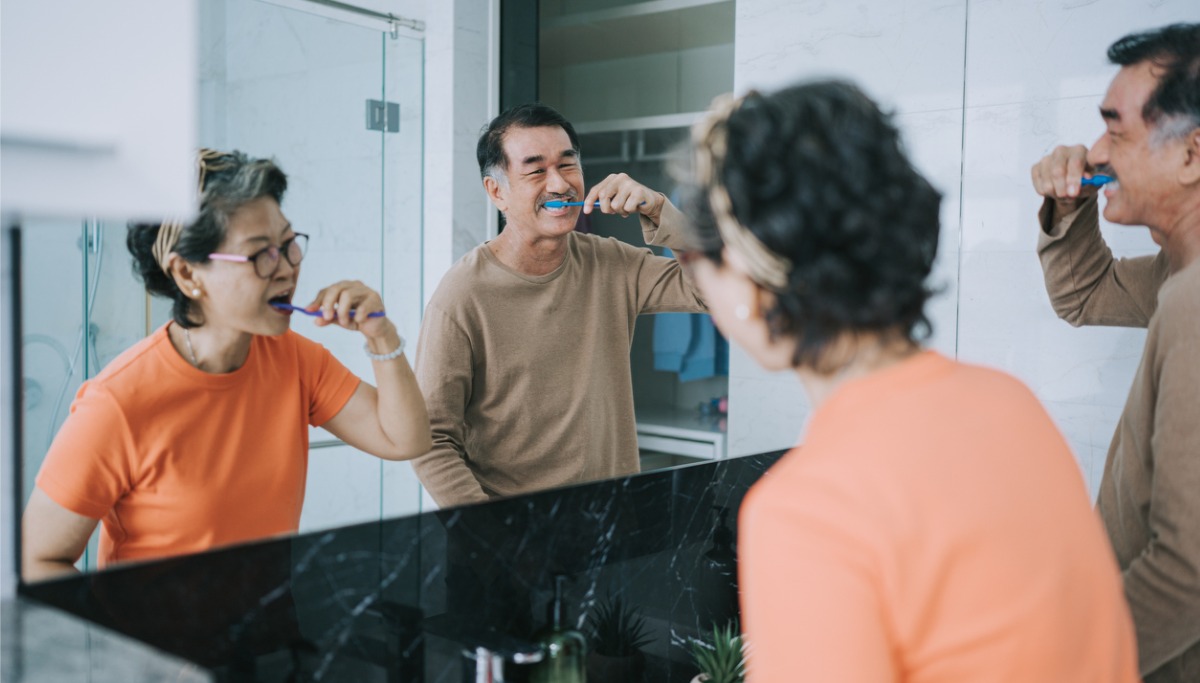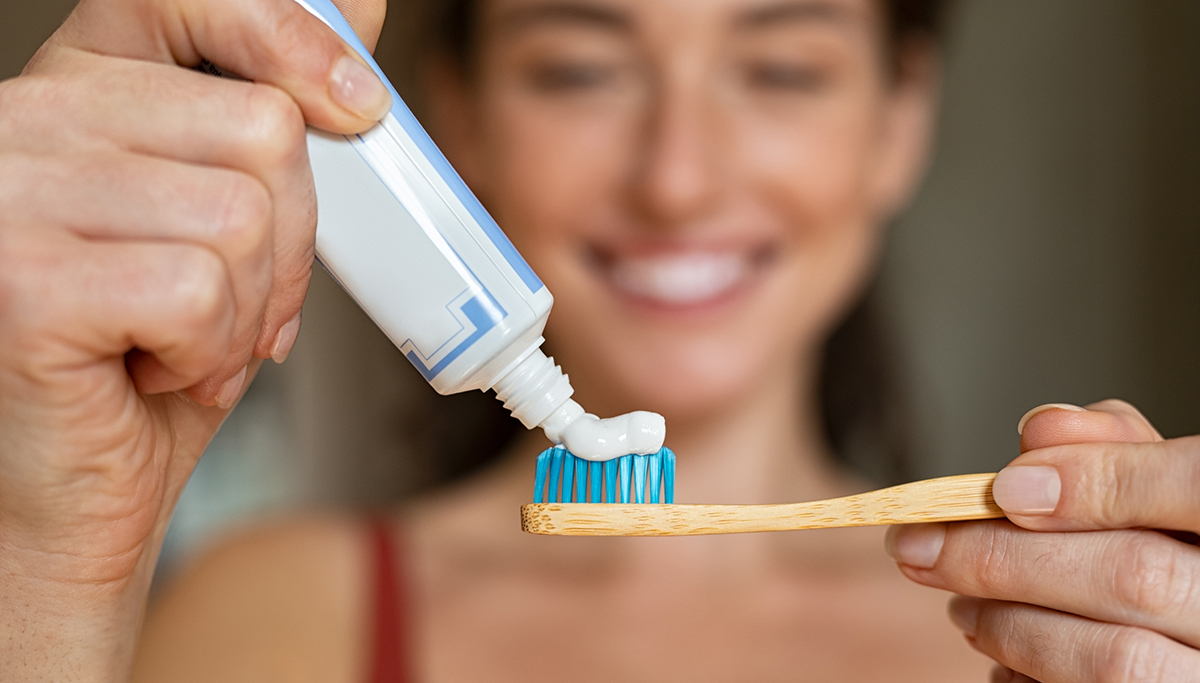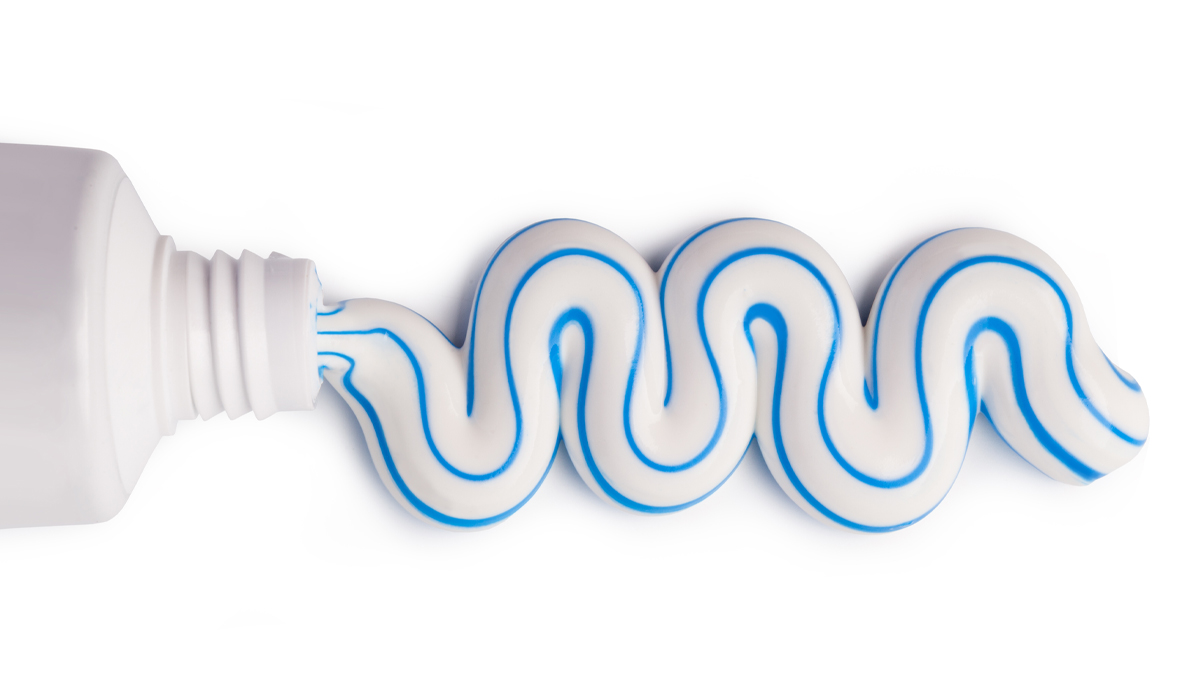Learn the proper technique for brushing your teeth
Brushing your teeth is the first step to good oral health
You know brushing your teeth is important, but how you go about doing so can make a significant difference in your long-term oral health. If you fail to brush your teeth thoroughly and with a good technique, your teeth may look and feel clean but layers of plaque will build up in hard-to-reach places and cause tooth decay. Eventually some of it will harden into tartar, collect more plaque, causing gum damage and other unwanted oral health issues.
Brushing your teeth correctly will help prevent tooth decay and gum disease while also freshening breath and keeping your smile looking whiter for longer.1
How to brush your teeth: step by step guide
You’re probably already brushing your teeth at least once or twice a day, but have you been brushing correctly? Follow these ten steps to make sure you’re covering every tooth surface above and below the gumline.2 And, of course, don’t forget to floss either before or after brushing.
- Step 1: Wet your toothbrush and apply a pea-sized amount of fluoride toothpaste. (you don’t need that giant strip that covers the whole toothbrush, like you see on advertisements!)
- Step 2: Direct your toothbrush at a 45-degree angle towards the gum line.
- Step 3: Using gentle pressure, move your toothbrush in a circular motion to clean the outer surface of each tooth, working from back to front in a clockwise direction. Be sure to also clean gently under the gumline of each tooth, where a lot of plaque and food debris can collect. If you’re using an electric toothbrush, apply even less pressure to avoid irritating your gums or harming your enamel – let the bristles do the work.
- Step 4: Repeat the same circular motion on the inside of all teeth; don’t forget to reach behind your back molars.
- Step 5: Clean the chewing surfaces of your teeth by scrubbing with a gentle back-and-forth motion.
- Step 6: Clean your front teeth by turning your toothbrush vertically and using just the tip in an up-and-down sweeping motion, both in front of and behind each tooth.3
- Step 7: Carefully and gently brush the entire top of your tongue to freshen your breath and remove any remaining food particles.
- Step 8: Spit out any excess toothpaste and rinse gently with water – or not at all (at least not right away).4 Rinsing removes the protective fluoride from the toothpaste which can remain loosely attached to the tooth surfaces and can help add the minerals back into teeth that are damaged from the plaque acid. It’s most effective to wait at least 30 minutes before rinsing, eating, or drinking.
- Step 9: If you use a non-fluoride-containing mouthwash, use at a different time than when you brush your teeth (such as after lunch) to avoid rinsing away the fluoride from your toothpaste. If you use a fluoride mouthrinse, go ahead and use it right after brushing.
- Step 10: Rinse off your toothbrush carefully and store it upright in a clean, dry place. Replace your toothbrush every 3-4 months, or as soon as the bristles begin to bend or fray. Use a soft-bristled toothbrush – hard bristles do not clean any better than soft bristles, and may actually damage root surfaces and gums.
How long should you brush your teeth?
The American Dental Association recommends you spend at least two minutes brushing your teeth to ensure you cover the entire surface area of your mouth and remove plaque from areas that may be difficult to reach (and therefore easy to miss when you’re in a rush).5 This may sound like a long time, but it goes by quickly when you get in the habit of paying individual attention to each tooth as you brush.
This two-minute timeframe is simply an estimate for how long it should take to do a thorough job, but it’s not a “magic number.” You may find you need slightly more or less time depending on the type of toothbrush you use or whether you have implants, bridgework, or wear any orthodontic appliances that make it more difficult to reach every surface.
Regardless, it’s a good idea to set a timer on your cell phone (or listen to a favorite song) to keep track of time. Some toothbrushes even feature a built-in timer. The recommended two minutes does not include flossing, so make sure to spend at least another minute or so flossing between teeth at least once per day.
How often should you brush your teeth?
Brush your teeth for two minutes at least twice per day, once in the morning and once in the evening. If you consume a larger than normal quantity of sugary foods or drinks or frequently snack during the day on sticky carbohydrates like cookies, crackers, or chips, you may want to brush your teeth more often.
Final thoughts
Thoroughly and carefully brushing your teeth twice a day for at least two minutes each time is a key to good oral health – and it can even impact your overall health. If you rush through brushing your teeth or skip it altogether, plaque will quickly accumulate and germs will remain lodged in between and on the surfaces of teeth, as well as under the gumline.
Plaque contains millions of bacteria, many of which produce acid that damages your teeth and gums. Plaque buildup leads to tooth decay, gingivitis, and even gum disease if left untreated for too long. Studies have shown that gum disease may be associated with serious systemic health problems like diabetes and heart disease. While evidence has not been entirely conclusive, it is worthwhile to prioritize oral health as a major component of your full-body wellness routine.6
To maintain a healthy smile, it is important to use a fluoride-containing toothpaste. Brushing without fluoride is far less effective in preventing cavities. Besides brushing your teeth at home, make sure to schedule regular oral examinations and professional cleanings with your dentist. Your dentist or dental hygienist can demonstrate how to properly brush your teeth if you have implants or bridgework or wear braces or any other orthodontic appliances, or if you’ve had a recent procedure that needs special care.
Additional resources
Looking for more information? Read up on oral health basics:
- Just how bad is soda for your teeth
- Which to choose? Manual vs. electric toothbrushes
- Plaque and tartar
- How to Floss Your Teeth the Right Way
Improve your oral health with Delta Dental! Find a dentist.
Sources:
1Brushing your teeth: Does timing matter? (2019, June 5). Retrieved from https://www.mayoclinic.org/healthy-lifestyle/adult-health/expert-answers/brushing-your-teeth/faq-20058193
2Watson, S. (2019, November 26). Step-By-Step Guide to Brushing Your Teeth. Retrieved from https://www.verywellhealth.com/how-to-brush-your-teeth-1058985
3,5Brushing Your Teeth. (n.d.). Retrieved from https://www.mouthhealthy.org/en/az-topics/b/brushing-your-teeth
4Oral Health Foundation. (2020, January 13). "Spit don't rinse" for better oral health. Retrieved from https://www.dentalhealth.org/news/spit-dont-rinse-for-better-oral-health
6Lockhart, P. B., Bolger, A. F., Papapanou, P. N., & Osinbowale, O. (2012). Periodontal disease and atherosclerotic vascular disease: does the evidence support an independent association?: a scientific statement from the American Heart Association. Circulation. doi: 10.1161





